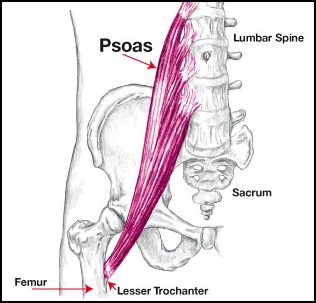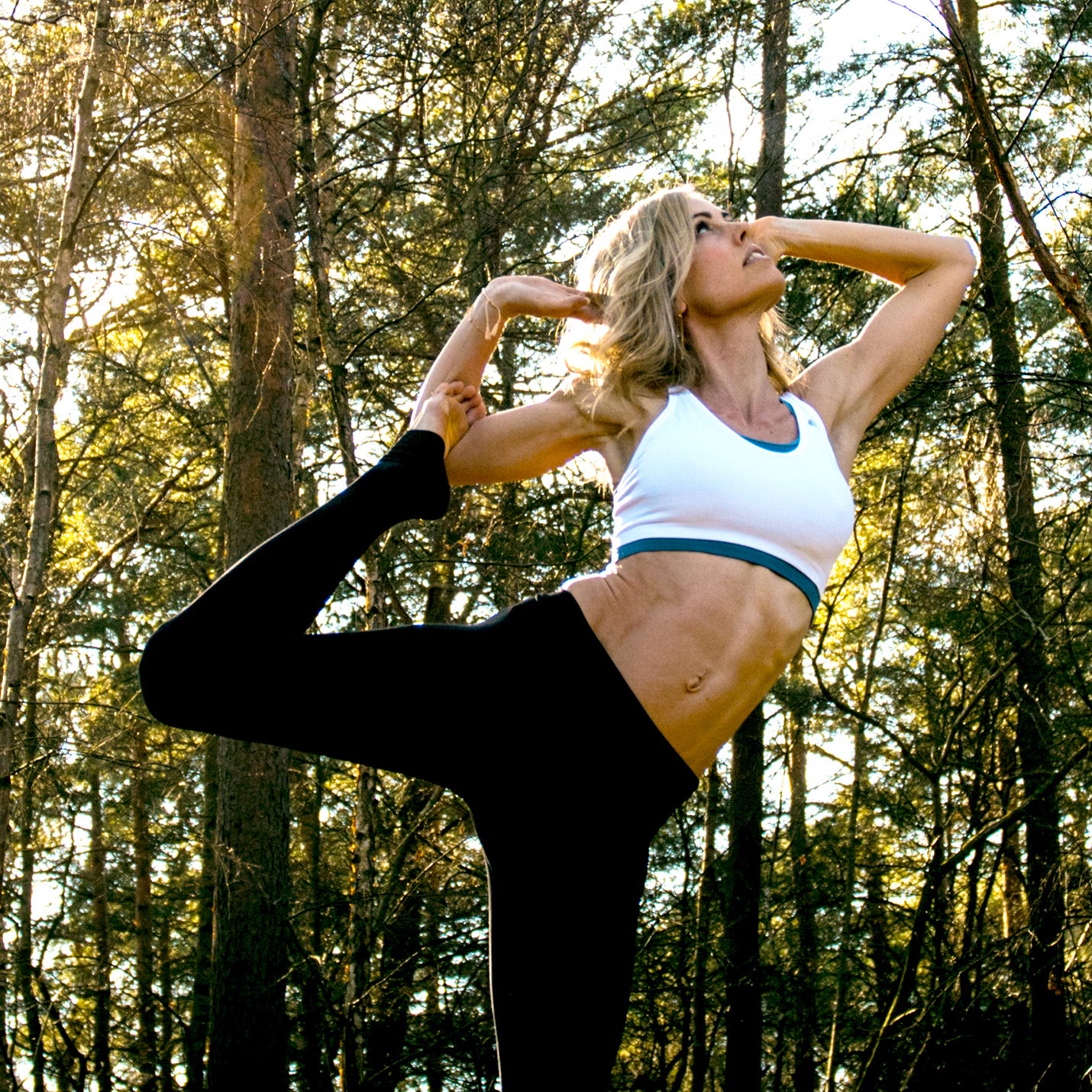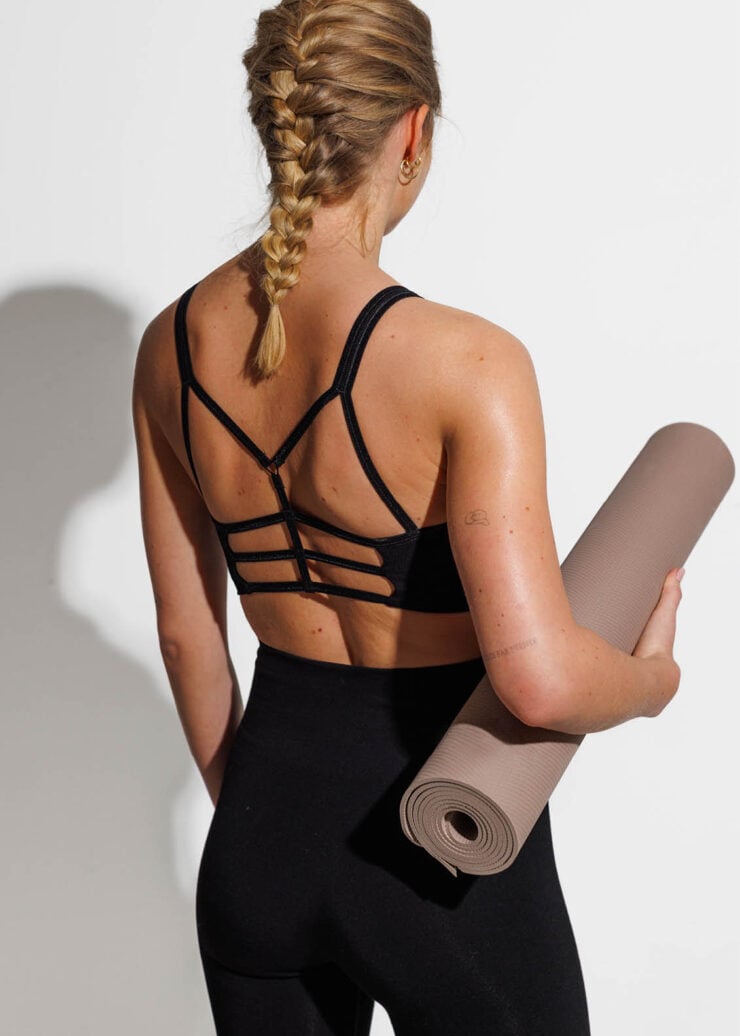Pilates and Psoas. The Psoas muscle is deeply embedded in your body and connects the thorax and torso to your legs. It is the only muscle that connects the spine and legs to each other, which is incredibly important in all forms of motion. It is the muscle that is responsible for holding us upright, walking, movement of the lower back and rotation in the hip joint. Its importance extends to nerve and energy systems and is crucial for your movement and overall well-being.
In Pilates, psoas plays a major role in many exercises for correct execution. Sometimes your body mechanics are such that you just do not know how to activate it. Pilates can be used to wake up the psoas muscle and then strengthen and loosen it.
About Psoas
It has several nicknames. “The Body’s Key Muscle” – “The Muscle of the Soul” or “the trashcan for anxiety, stress and trauma”. The psoas muscle is important for the function of the body. It is a muscle that is of major importance to our physical and mental well-being. It has a concrete mechanical significance for the body, but is also a so-called messenger from the nervous system.
Psoas is the deepest abdominal muscle and perhaps the most important stabilizer for the back. Optimal function of psoas is important for the function of the spine, pelvis and hips. It plays a major stabilizing role in core and pelvic stability and affects our structural balance of bones and muscles, flexibility and strength. Psoas grows from both sides of the spine and spans from vertebra T12) and down to each of the 5 lumbar vertebrae. Then runs down the pelvis to attach to the top of the femur.
You may have a chronic tight psoas, due to the fact that you are sitting down too much. Tense psoas muscles can tip the pelvis backwards and remove the curve from the lower back. If the muscles are disabled through trigger points, they tip the pelvis forward so that the curvation of the lower back becomes too big. Both scenarios tend to pull the middle part of the spine into one side and can have major consequences. Abbreviated psoas muscles create a constant pressure on the cartilage discs between the vortexes of the lumbar region and may be the real cause of many unexplained problems with the cartilage discs. Psoas causes many lower back problems. It tense to lock the vertebrae together so they cannot move individually. This can cause pain in the thighs and hips.
Relaxation of Psoas
You can use one of Pilates’s rest positions to relaxe the psoas. The position helps relieve fatigue and tension in the muscles of the legs, back and pelvis.
Resting: Lie on your back, bend your knees and place your feet hip distance apart and about 1 foot away from your buttocks. Stay in a neutral position and keep your body relaxed. Spend 10 to 15 minutes a day to relax in this position.
Awakening of Psoas
Pilates training on the mat or apparatus – reformer or cadillac teaches you how to activate the muscles, including psoas, in many movements. You also open the joints so the muscles can move freely as they were designed. Pilates exercises on the mat are especially effective helping you sensing and stretching your psoas muscle.
Knee Floats: This exercise helps you find your psoas so you can activate it better. The exercise seems simple, but it’s easy to put all the energy into the thigh and hip joint and leave out the psoas completely, this contribute to dysfunction. You need a rolled towel for the exercise.
Execution: Lie on your back with your knees bent, your feet placed hip width and approx. 1 foot away from your buttocks. Take the rolled towel and place it behind your knee so that you hug it with your leg. Hold the towel firm when you activate your deep core muscles. Gently raise your leg holding the towel over the ground. Be aware that your hips do not tilt or shift. Hold briefly and with control lower your foot down again. Repeat up to eight reps for each leg.
Psoas stretch
A tight psoas has difficulty engaging and supporting the activity in your core and pelvis. A simple stretch can loosen it and relieve back pain.
Psoas stretch: Lie on your back with both knees bent. Squeeze your right knee into the chest, hold your head, shoulders and back in the mat. Slowly extend your left leg along the mat until it is straight. Hold on for a second and then push back to the starting position. Repeat and then change leg.
A loosened and relaxed psoas muscle can help you feel more grounded in addition to, of course, getting rid of or remedying pain and other inconveniences.

Pilates strengthens Psoas
Pilates matwork is good when it comes to strengthening psoas, but Pilates on the reformer is even better. Footwork, leg circles, the frog, arabesques and long spine are some of the exercises on the reformer that are used to strengthen and improve the psoas function.
Psoas is a hideaway for your feelings – Trashcan for stress and trauma.
In your muscles you can save emotions associated with stress, trauma, anxiety and sadness, feelings, energies that are unrelated, as muscles can contract. Your body and mind are more connected than you think.
The psoas muscle is one of the first muscles to create tension when we find ourselves in a “fight-escape” reaction connected with fear and stress. It is among the last muscles to relax after the end of the “fight-escape” reaction. It’s a normal reflex where your body tries to protect you.
The psoas muscle relates to our kidneys, often with tension in people who are stressed, fearful or have experienced something traumatic. The muscle has nerve bundles from the autonomic nervous system, which in turn can create stress and increase the tension in the muscle.

av Charlotte Thingvad
FAQ – Pilates exercises
Pilates matwork is good when it comes to strengthening psoas, but Pilates on the reformer is even better. Footwork, leg circles, the frog, arabesques and long spine are some of the exercises on the reformer that are used to strengthen and improve the psoas function.
Pilates training on the mat or apparatus – reformer or cadillac teaches you how to activate the muscles, including psoas, in many movements. You also open the joints so the muscles can move freely as they were designed.Pilates exercises on the Mat are especially effective helping you sensing and stretching your psoas muscle.

